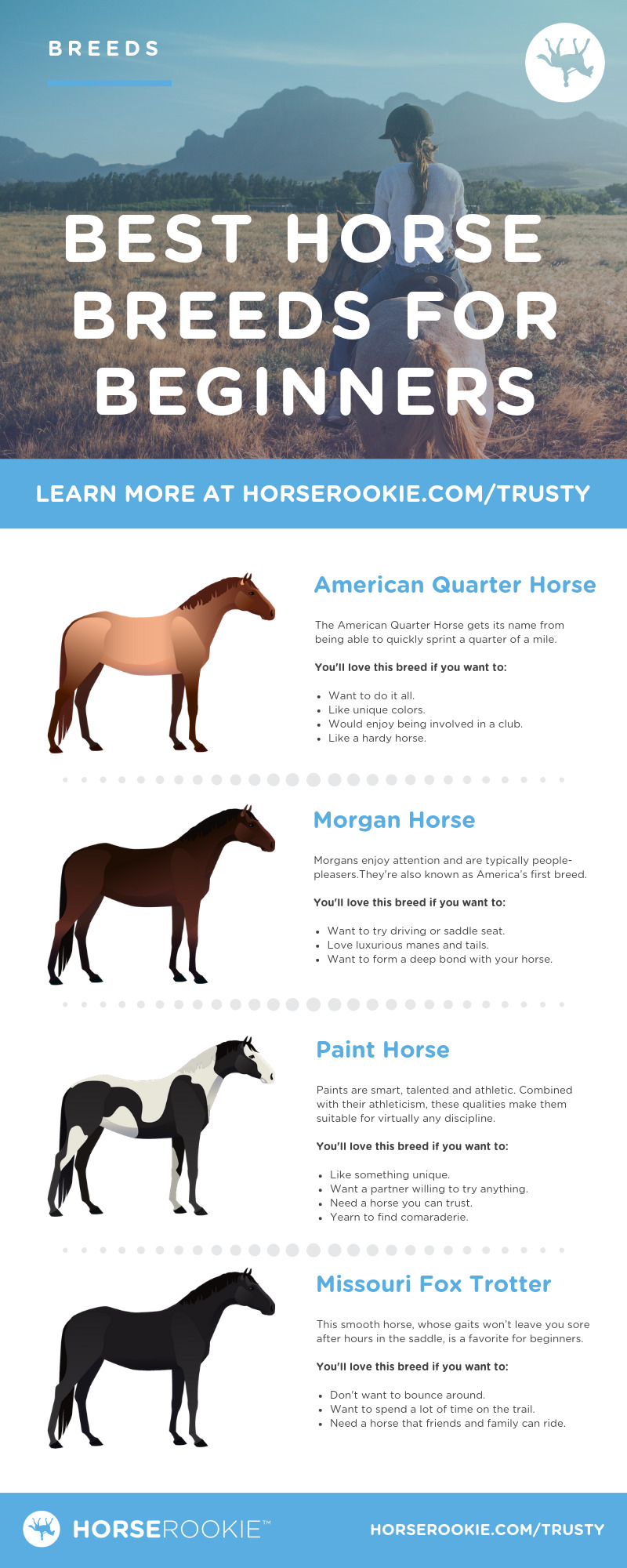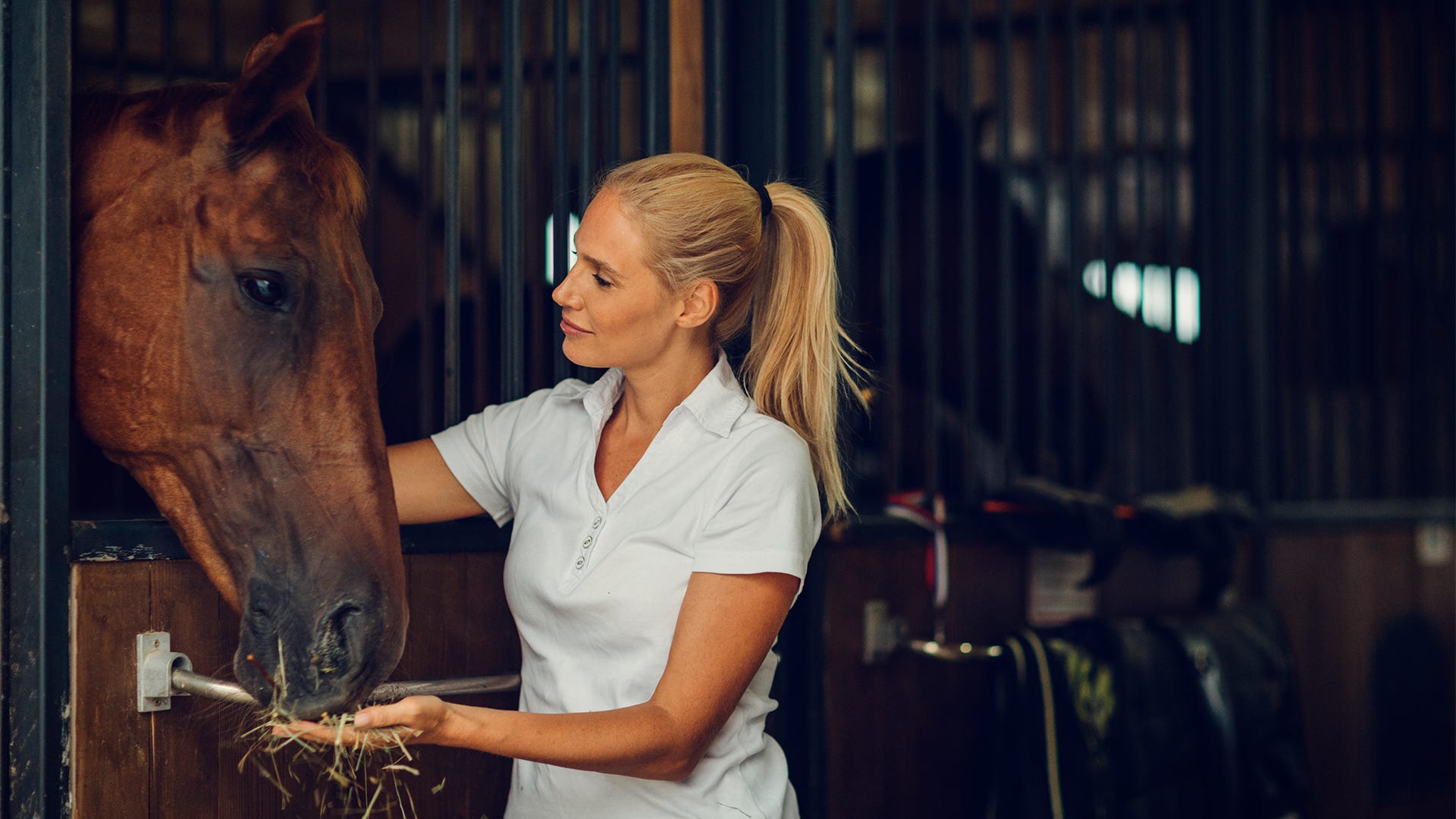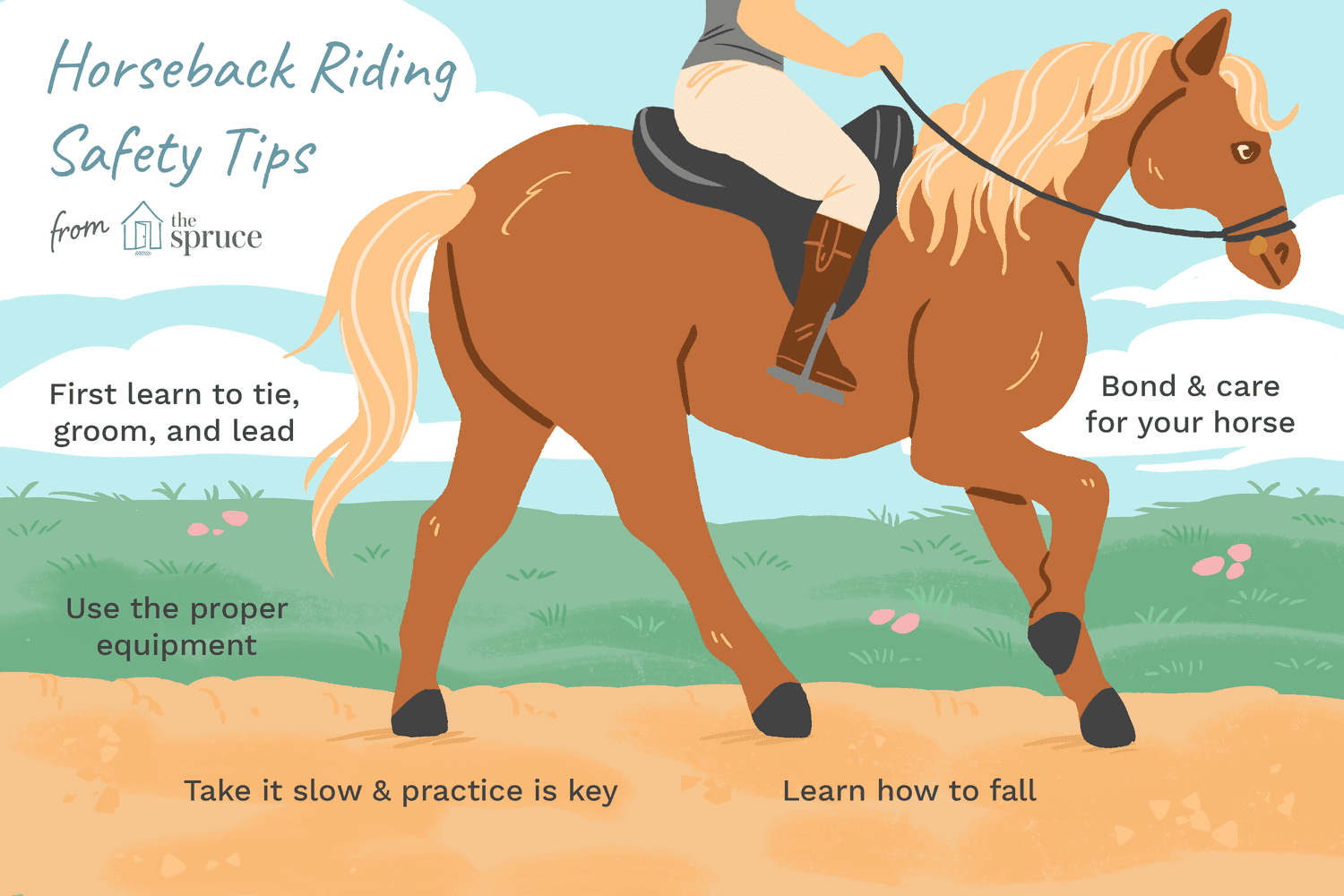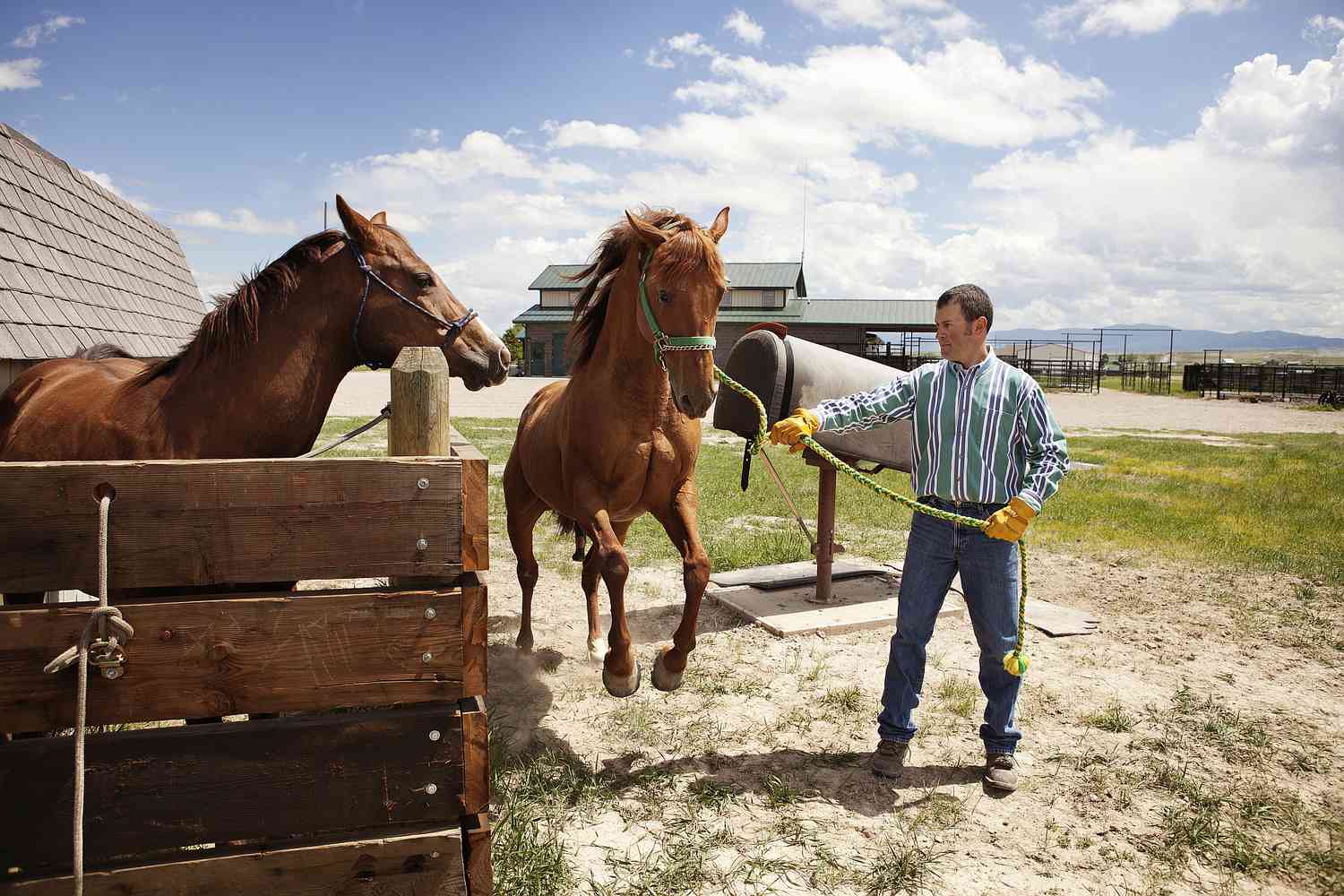Riding a horse is a timeless and exhilarating experience that has been enjoyed by people for centuries. Whether you are a seasoned equestrian or a beginner just discovering the joys of horseback riding, it is important to understand the essential equipment needed to ride a horse. From the saddle to the reins, each piece of riding equipment plays a crucial role in ensuring both the rider and the horse are comfortable and safe. In this article, we will explore the various tools and gear required for riding a horse, as well as the different types of equipment used for specific riding disciplines.
The Saddle

The saddle is perhaps the most iconic piece of equipment used for riding a horse. It provides a comfortable and secure seat for the rider while distributing their weight evenly across the horse’s back. There are several types of saddles, each designed for different riding styles and disciplines. Western saddles, with their deep seats and prominent horn, are commonly used for activities such as trail riding and cattle work. English saddles, on the other hand, are lighter and more streamlined, making them suitable for disciplines like dressage, show jumping, and eventing. Additionally, endurance saddles are designed for long-distance riding, providing both the rider and horse with comfort during extended periods in the saddle.
Saddle Fitting
Proper saddle fitting is crucial to ensure the comfort and well-being of the horse. A poorly fitting saddle can cause discomfort, pain, and even injury to the horse’s back. It is essential to have a professional saddle fitter assess the fit of the saddle regularly, as a horse’s shape can change over time due to factors such as age, fitness, and muscle development.
Bridle and Bit

The bridle and bit are fundamental pieces of equipment used to communicate with the horse and control its movements while riding. The bridle consists of the headstall, reins, and bit, and is used to direct the horse’s head and guide its movements. Bits come in various designs, each exerting different pressures on the horse’s mouth and jaw. Some common types of bits include snaffles, curb bits, and pelhams, each serving different purposes and providing varying levels of control. Choosing the right bit for a horse requires careful consideration of the horse’s training level, temperament, and mouth sensitivity.
Bitless Bridles
In recent years, bitless bridles have gained popularity as an alternative to traditional bits. These bridles rely on pressure points on the horse’s head and nose to communicate cues, rather than using a bit in the mouth. Bitless bridles can be a suitable option for horses that have dental issues, are sensitive to bit pressure, or for riders who prefer a more natural approach to communication with their horse.
Stirrups and Stirrup Leathers

Stirrups are the footrests attached to the saddle, providing the rider with stability and support while riding. They come in various designs, including traditional flat stirrups and modern safety stirrups with flexible joints that release the rider’s foot in the event of a fall. Stirrup leathers are the straps that attach the stirrups to the saddle, allowing for adjustment to accommodate riders of different heights and leg lengths.
Choosing the Right Stirrups
Selecting the appropriate stirrups for riding is essential for comfort and safety. Riders should consider factors such as foot size, riding discipline, and personal preference when choosing stirrups. Additionally, stirrup safety is crucial, and riders should be aware of the potential risks associated with using stirrups that may not release in the event of a fall.
Riding Helmets

Riding helmets are essential safety gear for horseback riding, providing protection for the rider’s head in the event of a fall or impact. Helmets should be worn by riders of all ages and skill levels, as accidents can occur regardless of experience. When selecting a riding helmet, it is important to ensure a proper fit and look for certifications indicating that the helmet meets safety standards. Regular helmet inspections and replacements are also necessary to ensure the helmet remains effective in the event of an accident.
Helmet Care and Maintenance
Proper care and maintenance of riding helmets are essential to ensure their effectiveness. Helmets should be stored in a cool, dry place and inspected regularly for any signs of wear or damage. Additionally, helmets should be replaced after any significant impact or every few years to ensure they provide adequate protection.
Riding Boots

Riding boots are designed to provide the rider with comfort, support, and grip while in the saddle. They come in various styles, including tall boots, paddock boots, and cowboy boots, each suited to different riding disciplines and preferences. Riding boots should have a heel to prevent the foot from slipping through the stirrup and a treaded sole to provide grip and stability while riding.
Boot Care and Maintenance
Proper care of riding boots is essential to maintain their quality and longevity. Boots should be cleaned and conditioned regularly to prevent leather from drying out or cracking. Additionally, the soles and heels of the boots should be inspected for wear and replaced as needed to ensure safety while riding.
Riding Crops and Whips

Riding crops and whips are aids used to communicate with the horse and provide subtle cues for direction, impulsion, and collection. While their use should be gentle and sparing, they can be valuable tools for refining communication between the rider and the horse.
Appropriate Use of Riding Aids
It is important for riders to use riding crops and whips responsibly and with the horse’s welfare in mind. Overuse or misuse of these aids can cause discomfort or stress to the horse, and riders should be educated on proper techniques and their horse’s individual response to these aids.
If you’re curious about horse-related topics, you might find our articles on what it means to turn out a horse and what to look for in a horse intriguing. And if you’re interested in the logistics of transporting horses, our piece on how to transport a horse could provide some valuable insights. Happy reading!
Conclusion

Riding a horse is a rewarding and fulfilling experience that requires a range of specialized equipment to ensure the comfort, safety, and effective communication between the rider and the horse. From the saddle and bridle to safety gear and riding attire, each piece of equipment plays a vital role in creating a positive and successful riding experience. By understanding the purpose and proper use of riding equipment, riders can ensure a harmonious and enjoyable partnership with their equine companions.



